Published on 14 August 2023
Reading time: 5 min.
There are few destinations in the world where you can observe whales in their natural habitat, and The Islands of Tahiti is one of them. Those who have had the privilege of witnessing these majestic creatures up close describe it as a magical, almost surreal moment of pure wonder.
Observing whales in The Islands of Tahiti is an unforgettable experience. Even the newly born calves—already weighing around a ton—are awe-inspiring when seen up close. Now imagine the thrill of being near an adult female humpback whale, weighing over 40 tons and stretching 50 feet in length.
Each year, from July to November, groups of humpback whales migrate to the warm, protected waters of The Islands of Tahiti to mate and raise their young. French Polynesia is designated as an Exclusive Economic Zone and a marine sanctuary by the United Nations, where whale hunting is strictly prohibited. The region has also been recognized by the WWF for its environmental efforts, including a ban on trawl fishing.
Protect our Whales
‘A pāruru tō mau parāoa
Regulations, conservation efforts, and even Polynesian legends — learn more about whales and the role they play in the daily lives of Polynesians by watching the videos below.
Observing Humpback Whales
At the right time of year, you can book an excursion to observe humpback whales in French Polynesia, sometimes even experiencing close encounters in the water if conditions and the animals allow. There are also tours where you can observe various species of dolphins, including bottlenose and spinner dolphins, as well as long-finned pilot whales (which are technically dolphins). Whale watching is a strictly regulated activity in French Polynesia, and only accredited professionals are authorized to organize excursions. A safe distance must always be respected, and it is forbidden to approach the whales — any interaction must be initiated by the animals themselves. Sharing the ocean with these gentle giants is a powerful experience that leaves a lasting impression on all who have the chance to witness it.
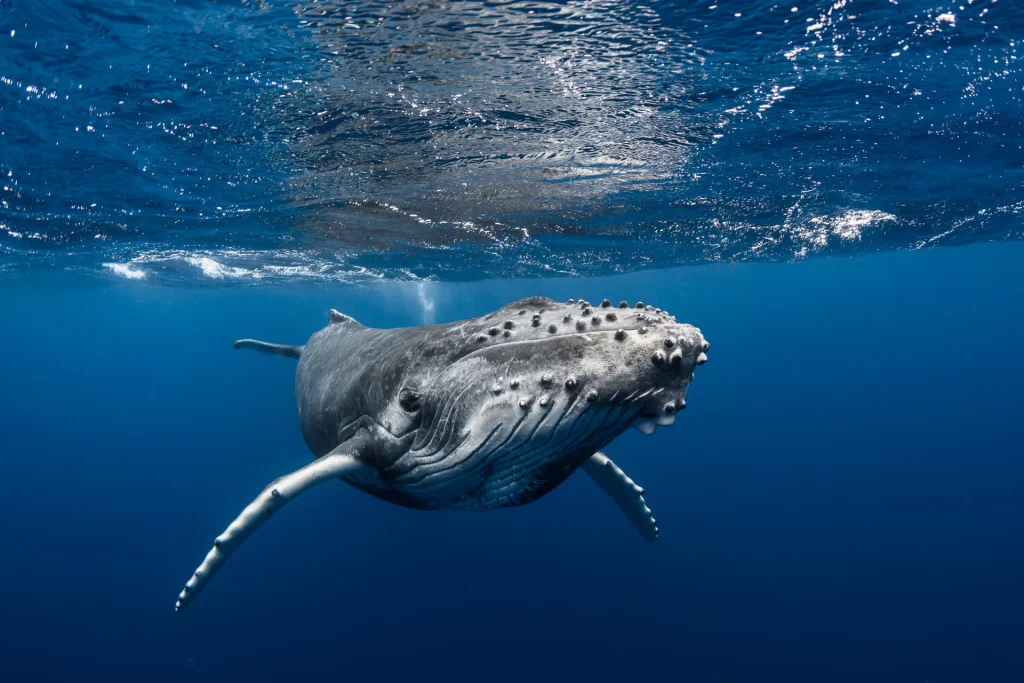
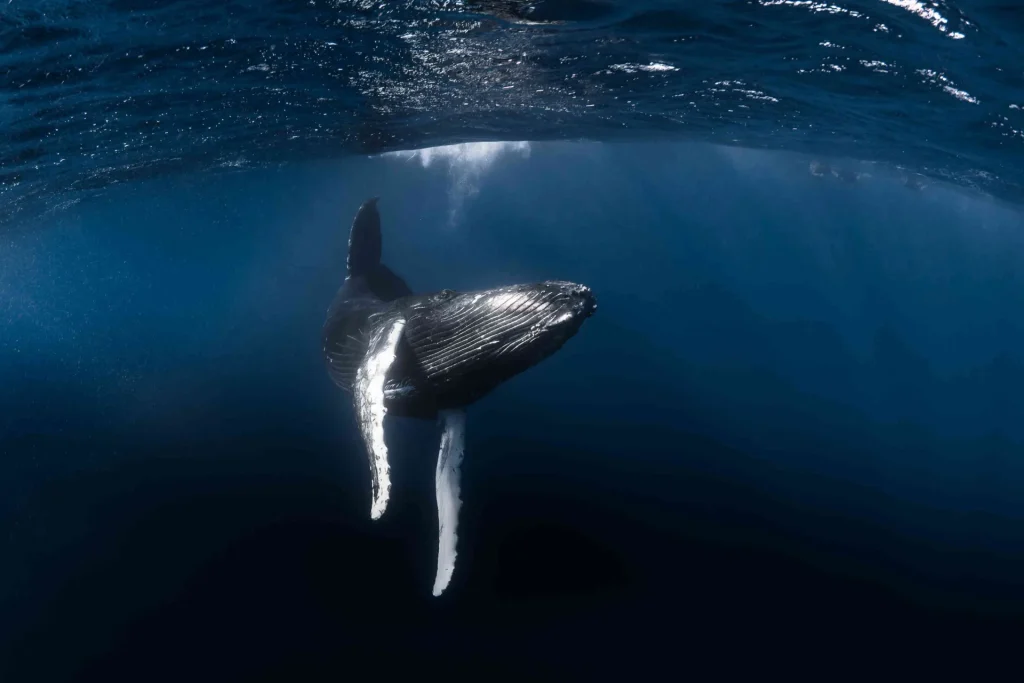
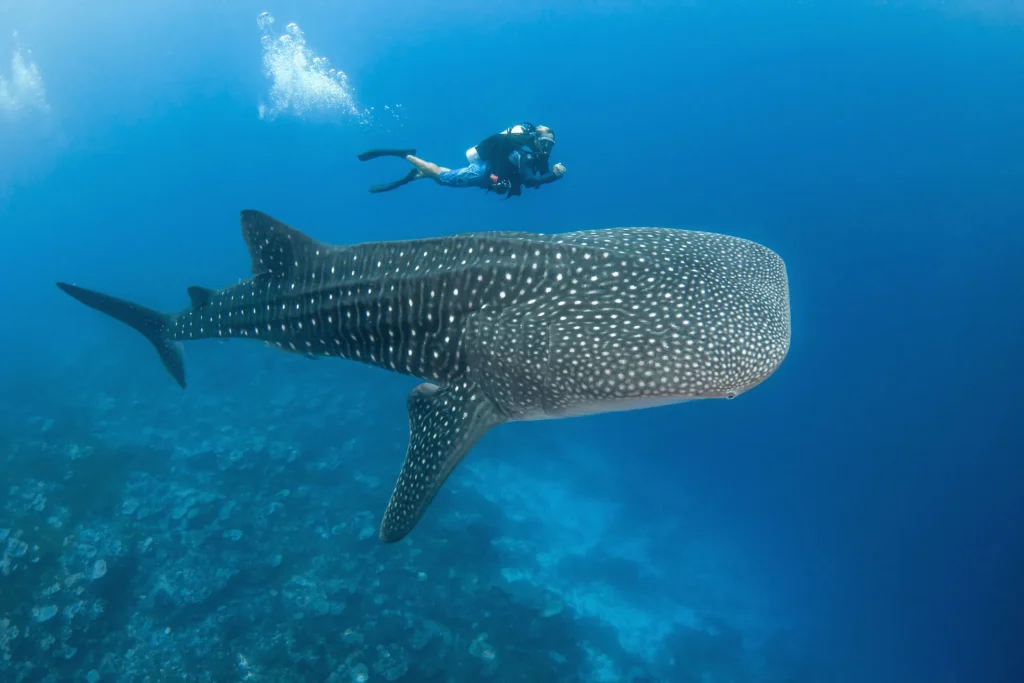
Whale watching is a popular activity in Moorea, Tahiti, and Bora Bora, alongside excursions to discover the other marine species that thrive in The Islands of Tahiti. Among the year-round nautical activities available is snorkeling. Put on a mask and snorkel to explore the vibrant life beneath the surface of the lagoons. You’ll encounter harmless blacktip sharks, spotted eagle rays, stingrays, sea turtles, and majestic manta rays. The Austral Islands are especially renowned for whale observation, and on the island of Rurutu, you can even spot them from the shore. Local residents will gladly guide you to the best vantage points for witnessing these magnificent animals up close.
Where to Go Whale Watching
The only way to observe whales up close in French Polynesia is by joining a group excursion led by a certified guide. Numerous such tours are available in Tahiti and Moorea. The whales can often be seen from afar, thanks to the tall spouts of water they shoot into the air.

Once the whales have been spotted, your boat will approach slowly, so as not to frighten them. Everyone puts on a mask, snorkel, and flippers and, on the guide’s signal, you gently enter the water and float calmly, allowing the whales to decide whether to approach. One of the most moving aspects of observing whales in the water is listening to their haunting songs, which can travel across several kilometers. Please show respect for these majestic, endangered creatures. They are honored visitors to French Polynesia, where ancestral culture regards them as guardians of the ocean.
Whale watching rules
In French Polynesia, the conditions for humpback whale watching and launching are subject to strict rules, so as not to disturb these creatures. These rules apply to the observation and approach of all cetaceans. If you wish to photograph or film protected marine species and use these images for commercial or marketing purposes, you must first submit a filming request to the Environment Direction of French Polynesia.
Share your research
- Discovery 49
- Boat trip 47
- Tourist transport 47
- Water 47
- Fauna – flora 45
- Water sports 16
- Webbed walk 8
- Scuba diving 5
- Kayak 3
- Snorkelling 3
- Fishing 2
- Jet skiing 2
- Sea fishing 2
- Cycle sports 1
- Deep sea fishing 1
- Hiking / cycling 1
- Sport fishing 1
- Stand up paddle 1
- Surfing 1
- Va’a 1
- White-water 1
Filters
Thematics
Did you find this content useful?
Thank you
Thank you for taking the time to let us know that you found this content useful. Your encouragement is important to us, and your feedback helps us to improve.
Thank you
Thank you for taking the time to let us know that this content was not useful to you. We apologise for any inconvenience.
This form is currently unavailable.
Share this content
Share this content
You might also like
- Culture
- Discovery experience
- Fakarava Island
- Family
- Hiva Oa Island
All UNESCO World Heritage Sites
Published on 04 Dec 2024
Reading time: 5 min.
- Discovery experience
The most Instagram worthy spots in The Islands of Tahiti
Published on 01 Feb 2024
Reading time: 1 min.
- Culture
- Discovery experience
- Hiva Oa Island
- Marquesas Islands
- Nature
The Tiki of Taaoa and the Upeke Archeological Site
Published on 09 Sep 2023
Reading time: 4 min.
- Activity experience
- Beach
- Culinary
- Discovery experience
- Family
Published on 07 Sep 2023
Reading time: 4 min.
- Beach
- Discovery experience
- Rangiroa Island
- Tuamotu Islands
Published on 04 Sep 2023
Reading time: 4 min.
- Discovery experience
- Shopping
- Tahiti Island
Published on 01 Sep 2023
Reading time: 3 min.
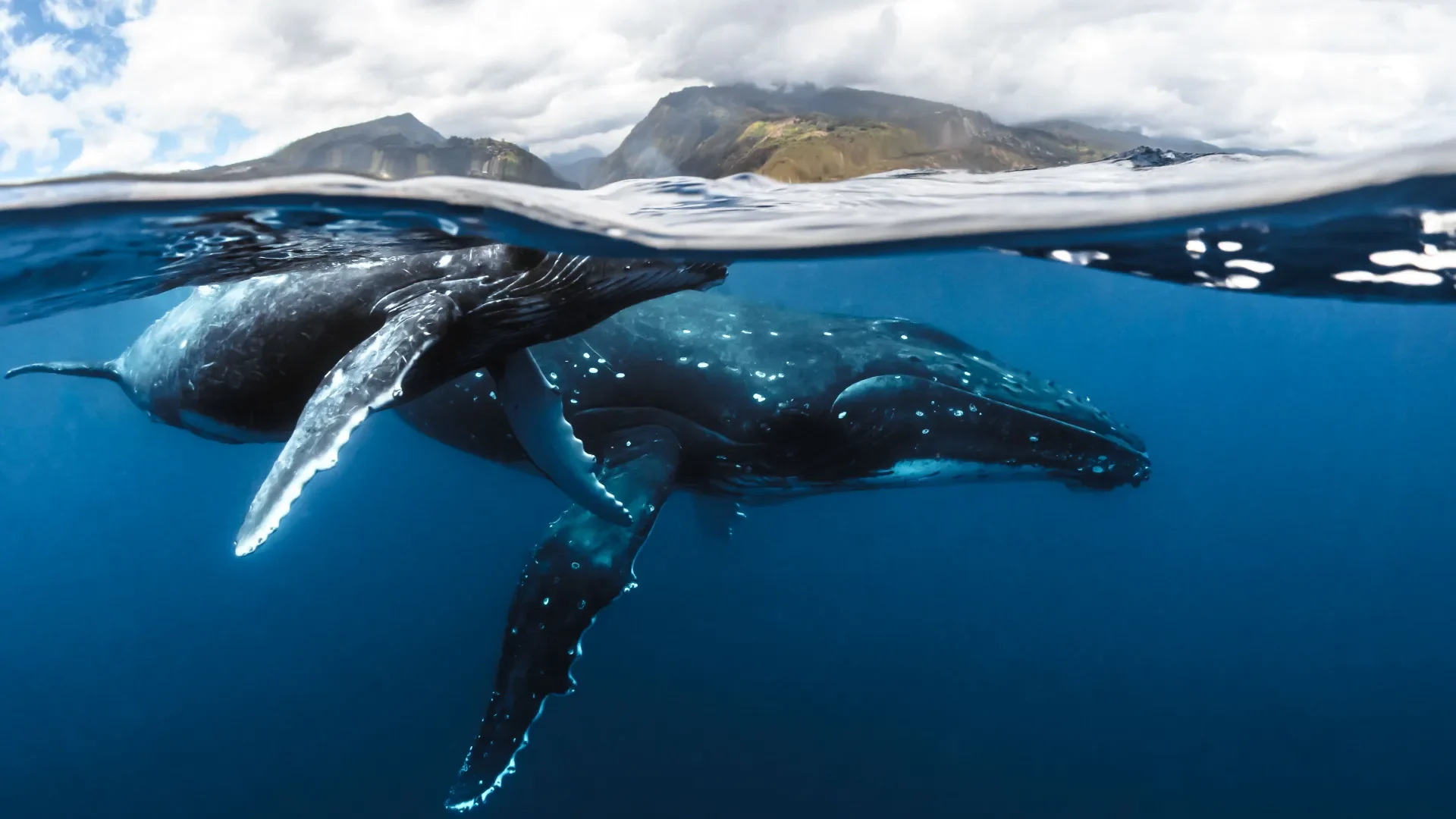
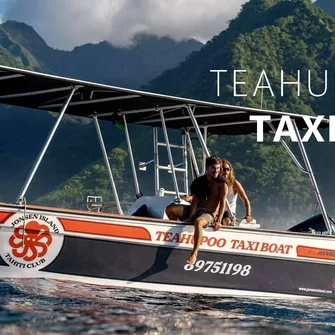
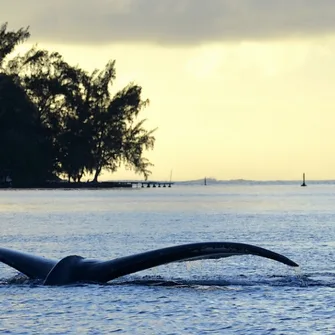
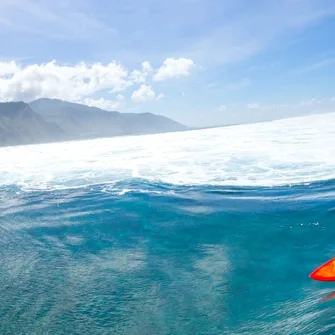











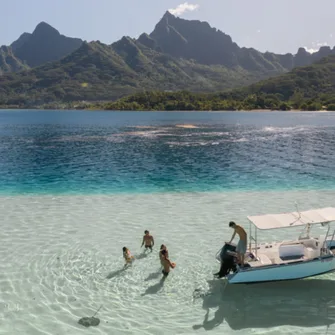
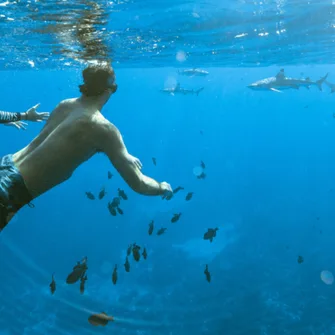









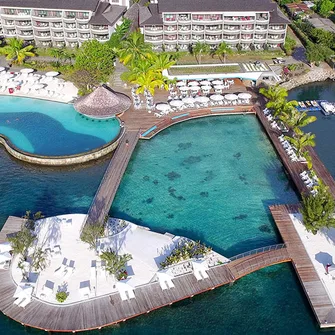
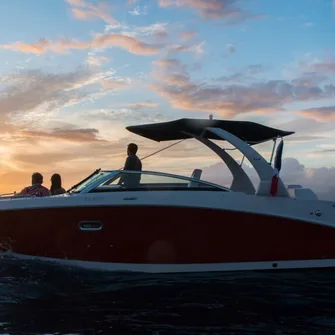
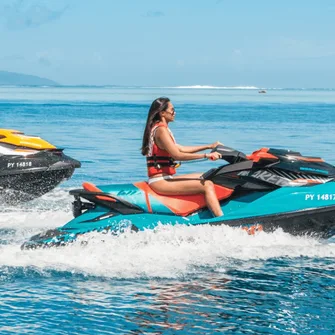
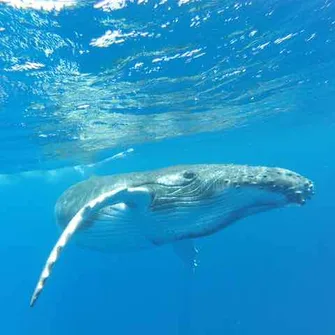
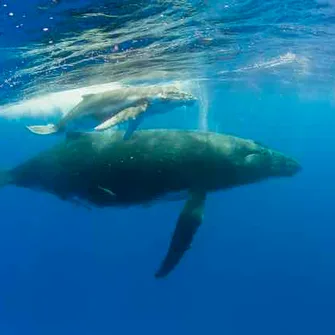






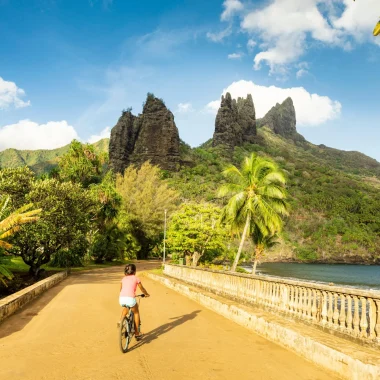



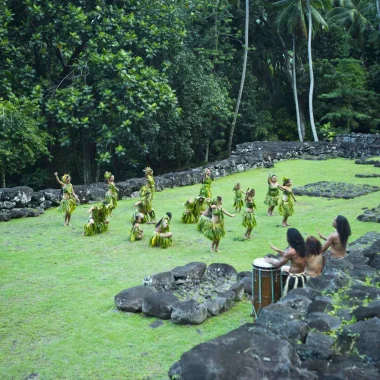
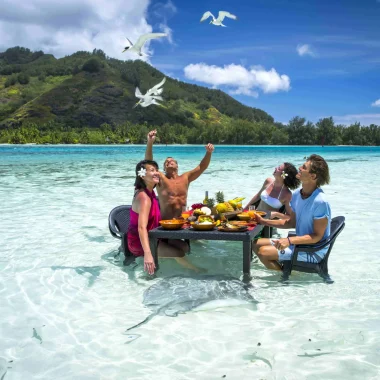
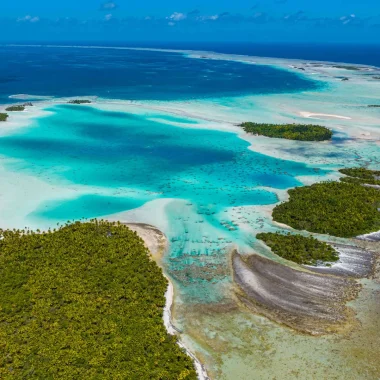

 Australia
Australia
 Belgique
Belgique
 Brasil
Brasil
 Canada (EN)
Canada (EN)
 Canada (FR)
Canada (FR)
 Chile
Chile
 Deutschland
Deutschland
 España
España
 France
France
 Italia
Italia
 Mexico
Mexico
 Polynésie française
Polynésie française
 New Zealand
New Zealand
 Schweizerisch (DE)
Schweizerisch (DE)
 Suisse (FR)
Suisse (FR)
 United Kingdom
United Kingdom
 United States
United States
 한국
한국
 中国
中国
 日本
日本